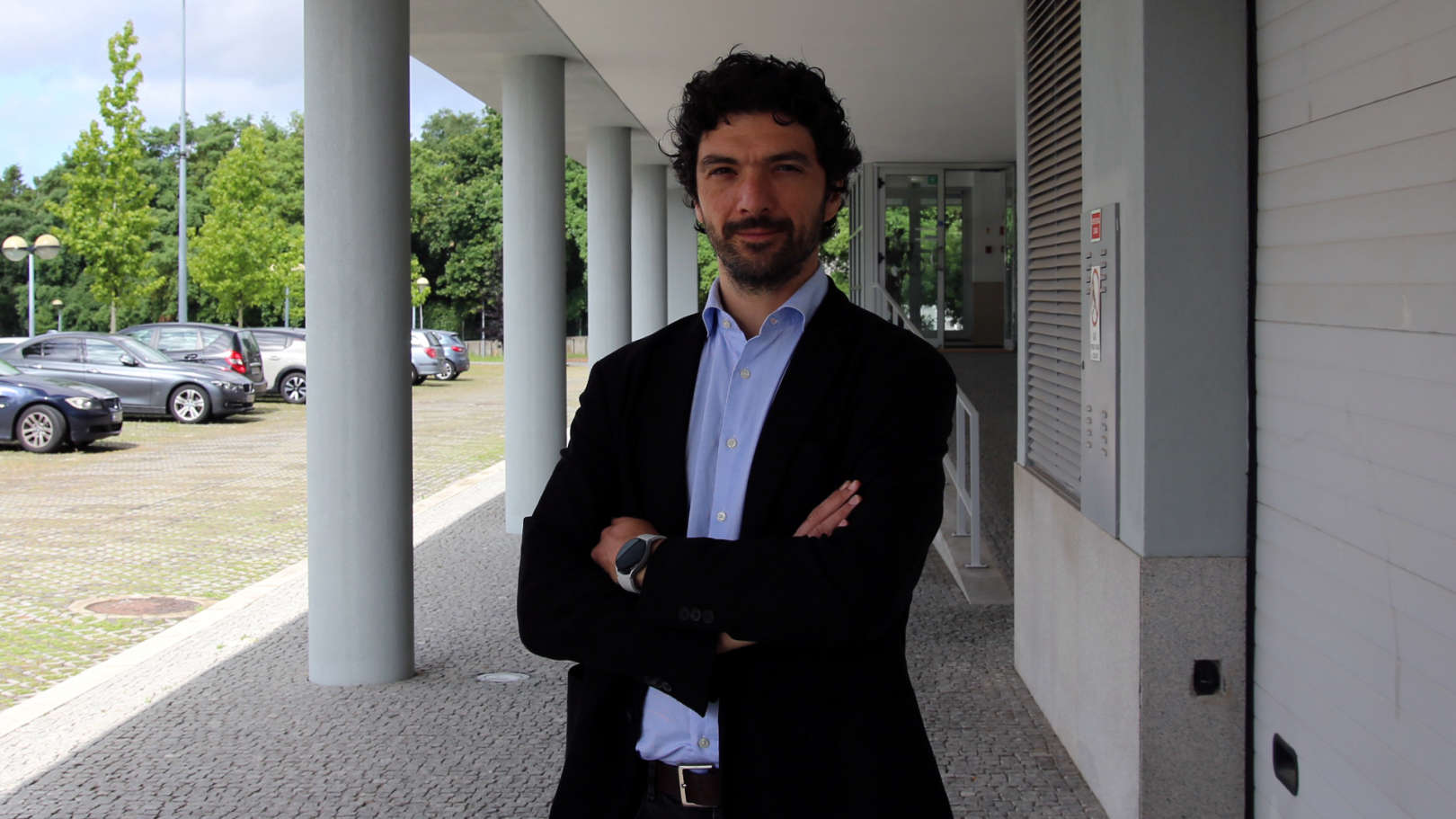About
Germano Veiga is a Mechanical Engineer with a PhD in Mechanical Engineering (Robotics and Automation) (2010) by the University of Coimbra.
In 2005 he was an invited researcher at the University of Lund, Sweden, and was a researcher (2002-2011) and Invited Professor (2007-2011) at the University of Coimbra.
He is now Senior Researcher at INESC TEC, in Porto, and from 2016 is Auxiliar Professor at the Faculty of Engineering of the University of Porto.
His research interests are mostly focused on future industrial robotics including, plug-and-produce technologies,
robot programming, mobile manipulators and Human Robot Interfacing. During his PhD studies Germano was part of the FP6 SMErobot team (2005-2009) and later became member of the Exec. Committee of the FP7 ECHORD project (2009-2012)
More recently Germano became the coordinator of the INESC-TEC team participating in the projects FP7-CARLoS, FP7-STAMINA, FP7-SMErobotics, H2020-ColRobot.
Since January 2017 he is the Coordinator of the H2020 ScalABLE4.0 project.


